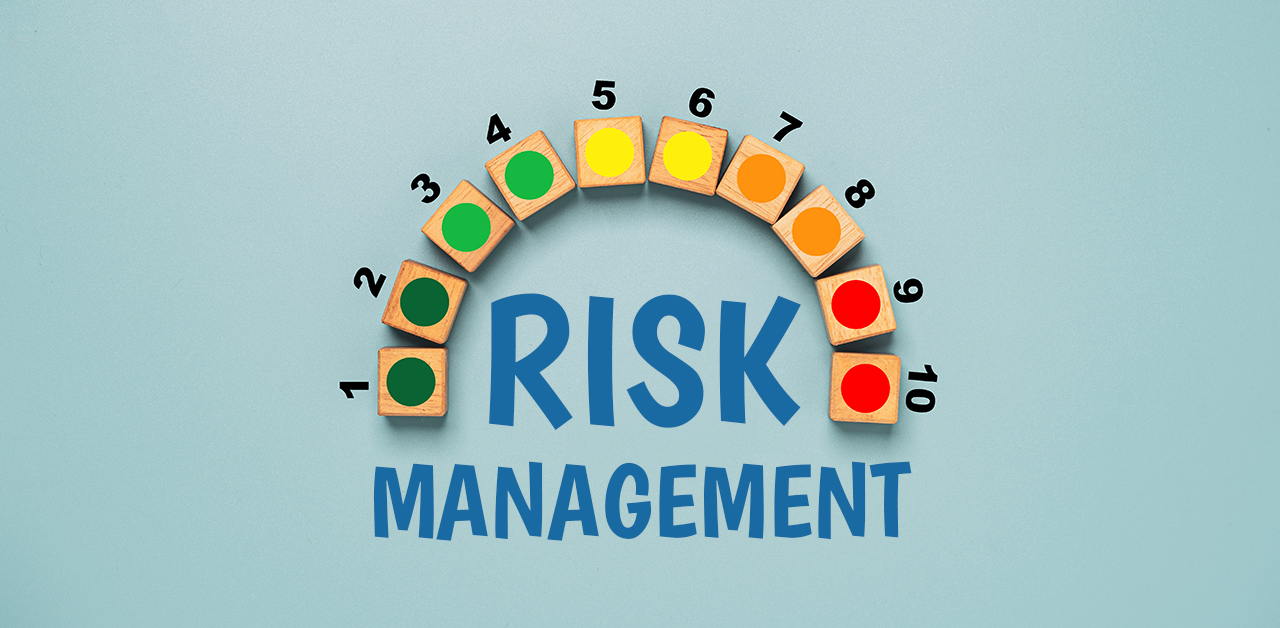ITAD & The Circular Economy
The term “circular economy” is a rather new concept. It’s much more than just a catchphrase – it’s a totally different approach to IT Asset Disposition (ITAD), as well as waste and asset management, that ensures sustainable growth over time. A Circular Economy reduces material use, redesigns materials to be less resource-intensive and recaptures “waste” as a resource to manufacture new materials and products.
We live in a throwaway society, and it’s taking a significant toll on the environment.
In today’s world, we throw away about 400 million tons of plastic every year; that’s roughly 800 billion pounds. Of the 400 million tons of plastic waste, approximately 8 million enter the oceans every year. This equates to one truck’s worth of plastic being dumped into our oceans every minute. The total weight is the equivalent of 90 aircraft carriers. On top of that, models project that by 2050, there will be more plastic by weight than fish in the oceans.
Besides the environmental benefits, a Circular Economy reuses resources and refurbishes old products instead of throwing them away. A true Circular Economy will boast zero waste, meaning nothing gets thrown away. Essentially, it’s a smarter way to use the resources that we have. Switching to a Circular Economy will not be an easy task. It will require a great effort by individuals, businesses, and the government.

Benefits of the Circular Economy
Wondering why you should embrace the Circular Economy for yourself or your business? Here are a few of the biggest reasons you should start actively investigating the relationship between the circular economy and IT equipment at your business.

Sustainability
What has led us to a rise in sustainability concerns when it comes to IT asset disposition strategy? According to the World Economic Forum, e-waste is the fastest growing waste stream in the world. About 50 million tons of electronic and electrical refuse are produced each year. That amount is expected to double by 2050 and is largely driven by the IoT, the demand for connected devices, working from home, online training, and technologically advanced vehicles.
In a world where environmental sustainability is only increasing in importance, the ability to reuse IT equipment – instead of destroying or even recycling it – plays a critical role in companies’ sustainability strategies. This is where IT asset disposition (ITAD) comes in and where asset life spans are extended by redeploying them for alternate uses.
You may think that an ITAD provider is simply some company that disposes of waste. But the fact is, OceanTech, a trusted leader in the ITAD industry, contributes to helping businesses reuse and recycle their assets so that they can continue to be useful rather than adding to the environmental burden. Sustainability is just one reason why you and your business should be embracing the circular economy.

Reduced Cost
Establishing a Circular Economy through ITAD can have a positive impact on your company’s bottom line. By improving your ITAD strategy to reduce waste, you won’t just benefit the planet but it’s estimated that you save your company as much as 30% in the first year and an additional 5% or more in the following years. The more ways you can extend the useful life of your IT assets, the more value you’ll get from them. In other words, asset reuse can actually improve your bottom line by helping you be more efficient with your assets.
As an example, if you’re able to use a desktop for 1 year longer than before, not only are you helping control waste but you’re saving money as you don’t need to purchase a new one. Any company that can reduce cost and be more efficient with their resources, is a company that will experience long-term success.

What is ITAD
IT Asset Disposition (ITAD) is a specialty practice dealing with technology assets such as laptops, desktops, tablets, enterprise equipment, data center cloud equipment, and smartphones at the end of their first lives in ways that mitigate risks arising from compliance, data security, and environmental responsibility. IT asset disposition is not just the disposing of IT hardware and other equipment that is no longer needed, it goes far beyond that. Proper ITAD also ensures that materials are properly wiped and that all regulatory standards for proper data security are followed throughout the disposal process.
Seek out a trusted professional IT asset disposition service provider such as OceanTech to help ensure that your outdated, end-of-life IT Assets, or any other hardware is disposed of in a way that’s safe, secure and sustainable. OceanTech uses best practices for environmentally responsible recycling, maximizing material recovery for reuse and will help you do your part to establish a Circular Economy.


